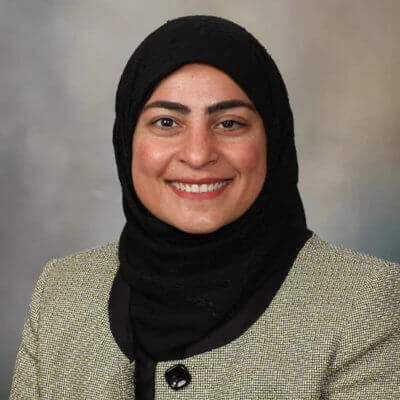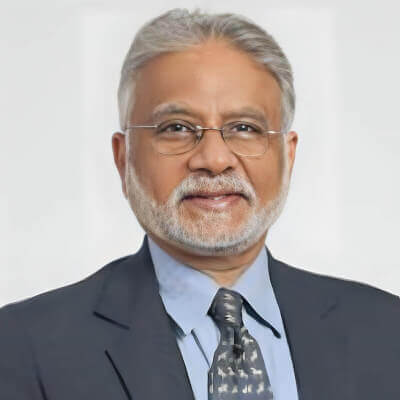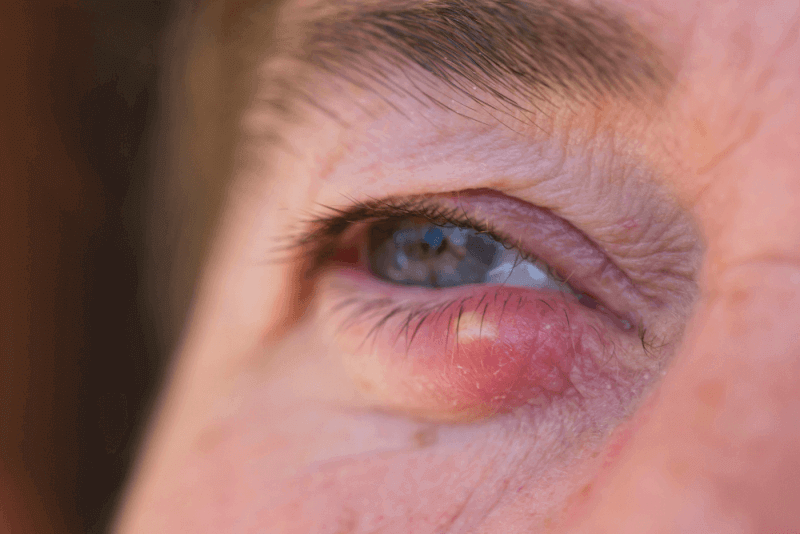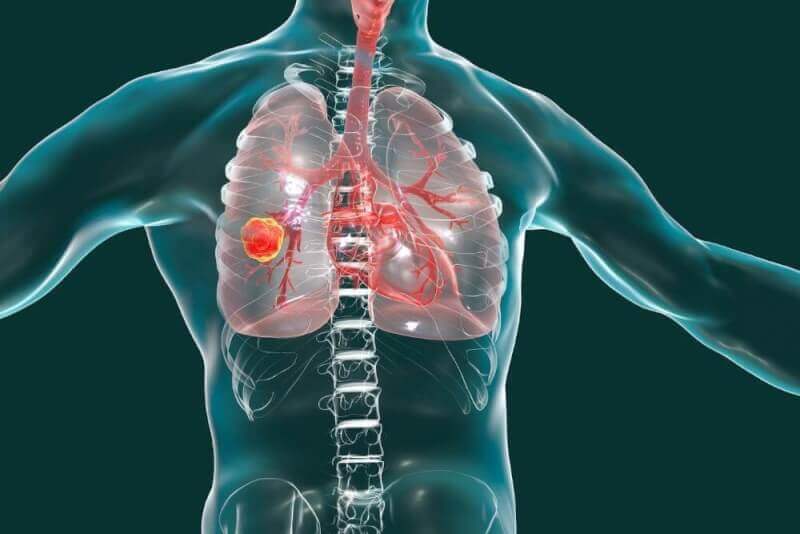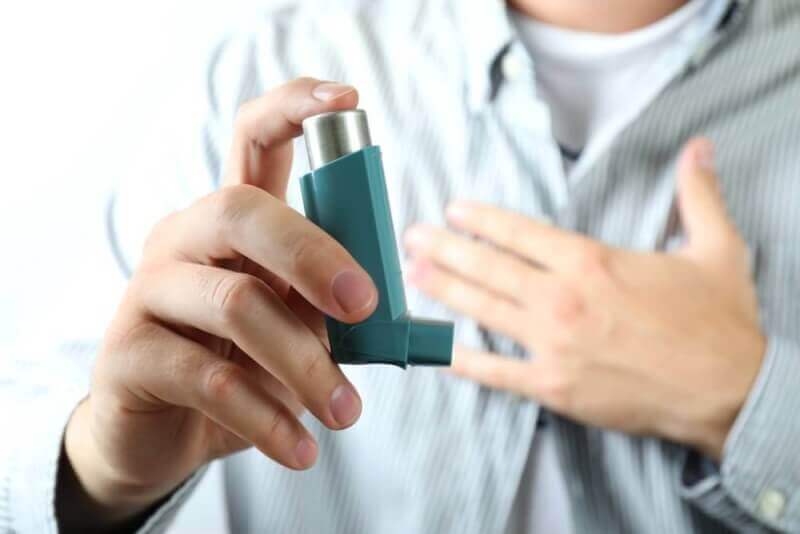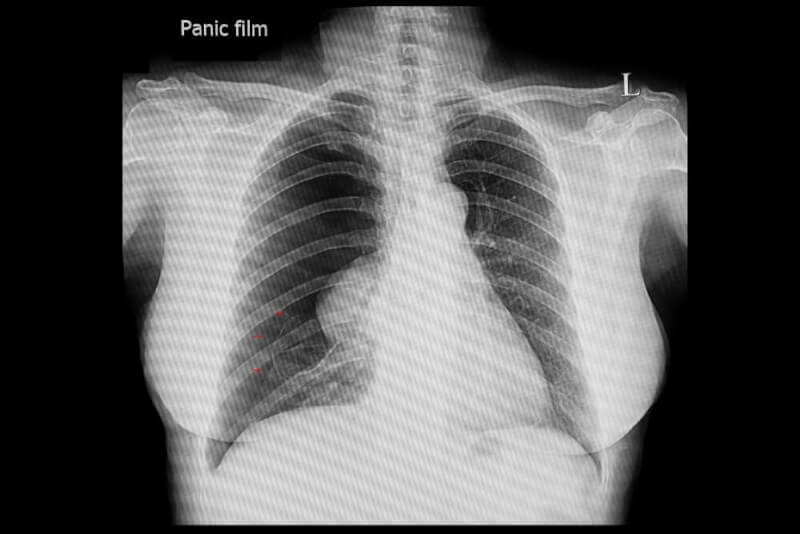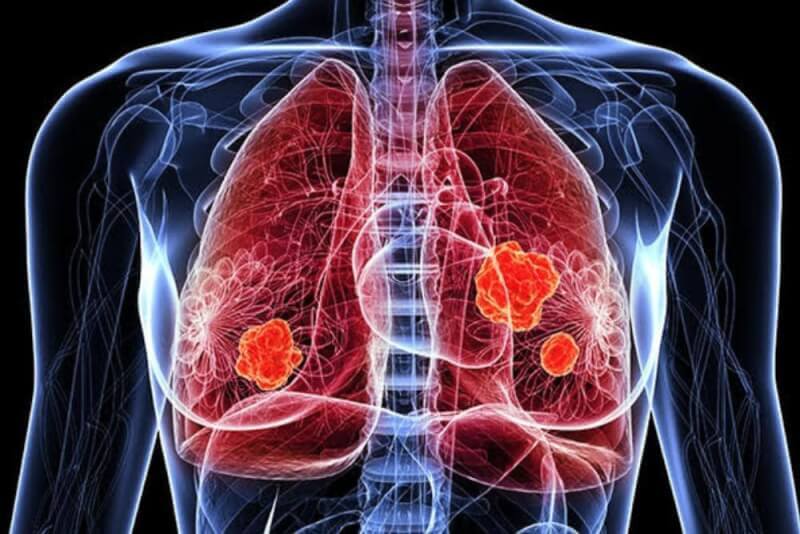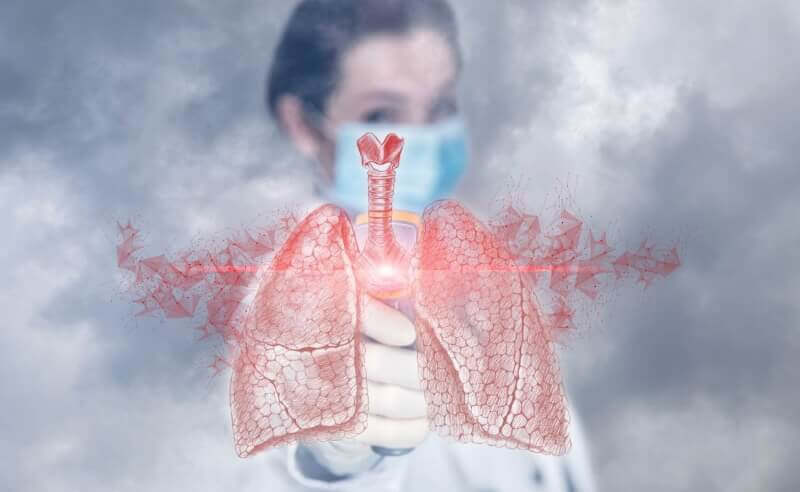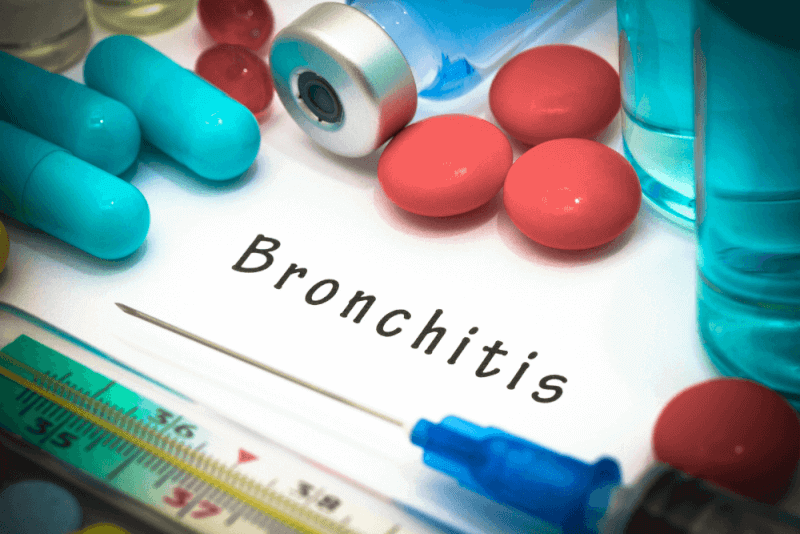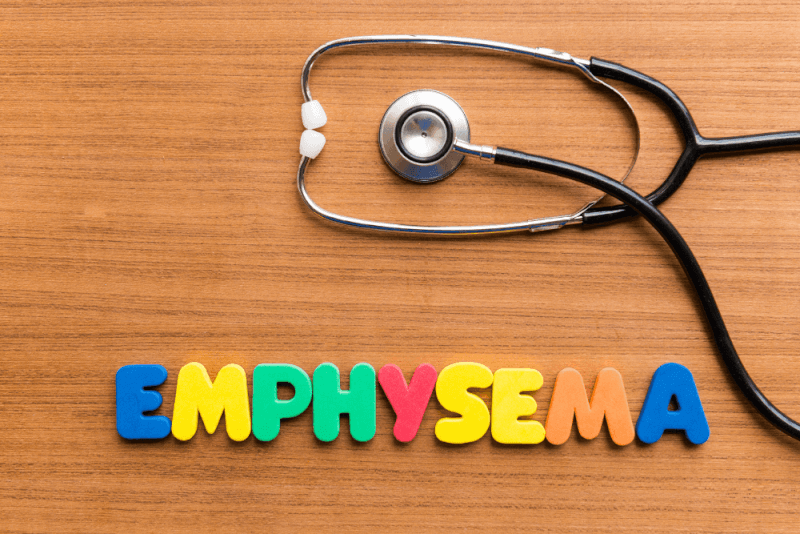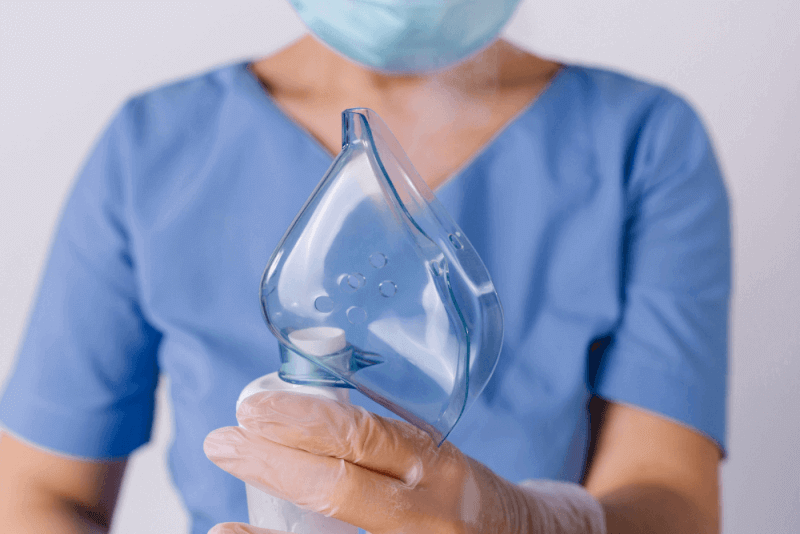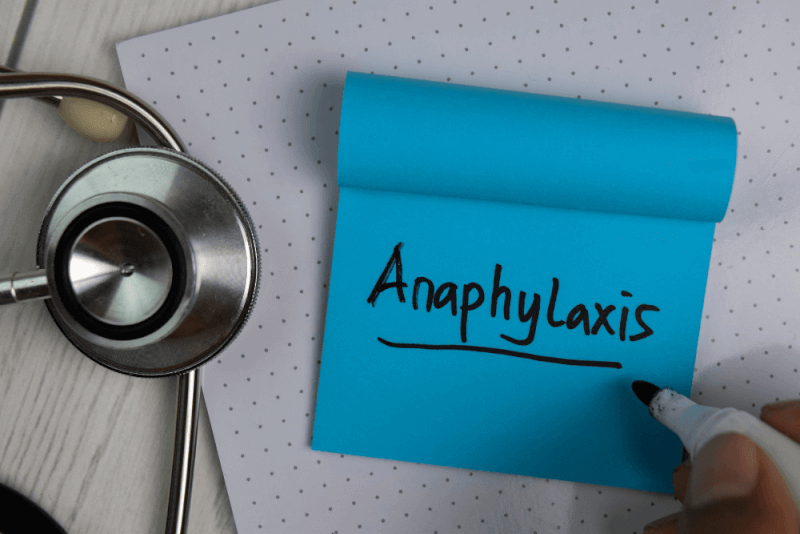What are chest diseases?
The field of medicine that deals with problems in the lungs and breathing is called pulmonology. Diseases such as allergies, asthma, bronchitis and pneumonia are among the responsibilities of the pulmonologist, who is responsible for the diagnosis and treatment of diseases related to the lungs and thus respiration.
Pulmonologists, who are involved in the treatment of many different diseases, usually take a multidisciplinary approach in their treatment. In addition to imaging methods, they use techniques such as laboratory tests and respiratory tests to treat diseases.
Pulmonologists, who also help patients with smoking addiction, receive pulmonology specialization training for 4 years after completing 6 years of basic medical education.
What are the conditions related to chest diseases?
The pulmonology department is involved in the diagnosis and treatment of lung-related diseases. During these diagnoses and treatments, patients can be followed as outpatients or hospitalized depending on the severity of the condition.
While the knowledge and experience of the pulmonology specialty is sufficient in diseases that develop only due to the lungs, they work together with other medical fields in the diagnosis and treatment of other diseases affecting the lungs, such as lung cancer or allergies.
In the pulmonology unit, where patients with respiratory problems are referred, it is differentiated whether the respiratory problems are related to the lungs or the heart. If respiratory problems are seen due to heart problems, then patients are referred to the relevant units.
Which diseases do pulmonologists deal with?
The pulmonology unit deals with diseases that occur in the lungs. There are many different diseases in this area. Among these diseases, the following are the most common lung diseases in the community.
- Pulmonary embolism
- Cigarette addiction
- Lung cancer
- Sarcoidosis
- Pneumonia
- Allergic lung diseases
- Asthma
- Bronchiectasis
- COPD
- Lung deflation
- Pneumothorax
- Bronchitis
- Bronchiolitis
- Trakeit
- COVID- 19-related diseases
- Tuberculosis
- Lung nodules
- Pulmonary hypertension
- Silicosis
- Asbestosis
- Occupational lung diseases
- Obstructive sleep apnea
- Pulmonary membrane diseases
In which cases should you consult a pulmonologist?
Patients admitted to the pulmonology unit have symptoms related to respiration and lungs. The most common symptoms among these symptoms are the following.
- Shortness of breath
- Cough
- Wheezing
- Spitting blood
- Feeling of blockage in the chest
- Expectoration
- Swelling of the feet
- Decrease in blood oxygen
- Snoring
- Fire
- Night sweats
- Loss of appetite
- Weight loss
- Chest and back pain
Respiratory tests performed in the chest diseases unit
In addition to many different examinations to measure lung capacity and diagnose various diseases in the chest diseases department, there are also respiratory tests specially applied by the chest diseases unit. Among the most commonly administered tests are the following.
Slow vital capacity test
A device called a spinometer is used in the slow vital capacity test. This device has a mask that completely covers the patient's nose and mouth. Patients are asked to take a deep breath while wearing this mask. When exhaling, patients are asked to exhale slowly. Meanwhile, the device measures the amount of gas expelled.
Challenging vital capacity test
Another measurement made with the device used in the slow vital capacity test is the forced vital capacity test. In this test, patients are asked to breathe deeply. When exhaling, it is also necessary to exhale strongly and quickly. Exhalation time is measured and the results are compared with normal values.
Diffusion test
In the diffusion test, the amount of air in and out of the lungs and the area of the lung surface can be determined. In this test, patients are given air mixed with helium gas. The patient inhales this gas through the mask and holds his/her breath for 10 seconds. Then exhale. The device compares the air taken in with the air given out, so that the amount of gas loss can be calculated.
Reversibility test
Before this test is performed, it is necessary to know the medications that patients take regularly. The patient then breathes normally in and out of the mask. In the next step, patients are given an inhaler and the test is repeated. In this way, the factors that cause respiratory obstruction or respiratory obstruction can be identified.
Other tests performed in the pulmonology unit
Patients presenting to the pulmonology unit with any complaint are not only subjected to respiratory tests. In addition, tests are carried out to understand the cause and type of diseases. Among the most common tests performed in the pulmonology unit are the following.
PPD test
The PPD test is a test used to diagnose tuberculosis. In this test, a tuberculin substance is placed under the skin of patients and the body's reaction is observed.
Bronchoscopy
It is one of the examinations that allow observation of the lower respiratory tract. A camera is used for this examination. It is also possible to take a biopsy sample to confirm the diagnosis.
Thoracentesis
It is a procedure applied in case more fluid accumulates in the lung membrane than normal. This removes the excess fluid that has accumulated.
Lung pleural biopsies
It is a test that enables the diagnosis of diseases that occur both in the lung and in the tissues in the lung membrane. Various tissue samples are taken for diagnosis by bronchoscopy.
Polysomnography
It is a procedure used in the diagnosis of sleep apnea, which causes temporary respiratory arrest during sleep.




